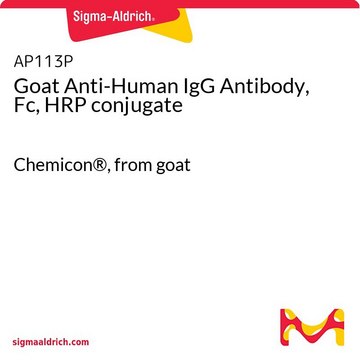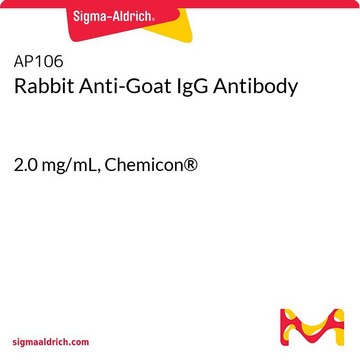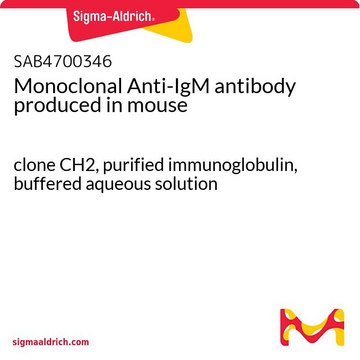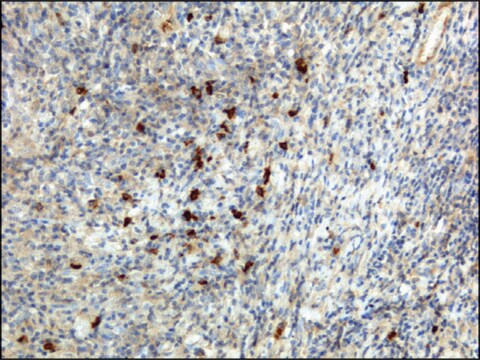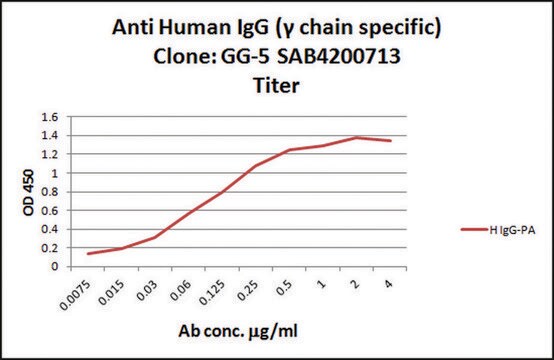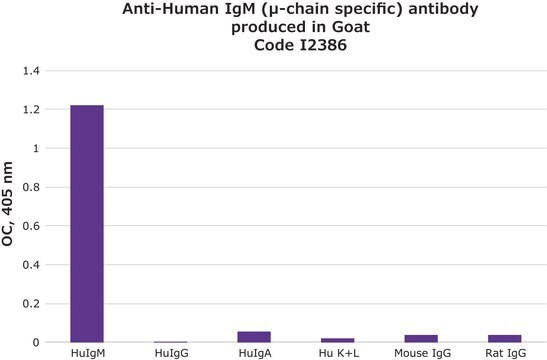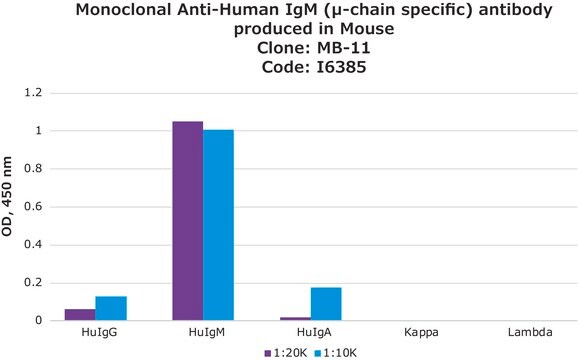Recommended Products
biological source
mouse
antibody form
purified antibody
antibody product type
secondary antibodies
clone
monoclonal
species reactivity
human
technique(s)
ELISA: suitable
immunodiffusion: suitable
isotype
IgG2b
General description
Immunoglobulin G (IgG), an immunoglobulin isotype, is the most abundant protein in human serum and constitutes 10-20% of plasma protein. It is composed of glycoproteins comprising 82-96% of proteins and 4-18% of carbohydrates. IgG is further classified into IgG1, IgG2, IgG3, and IgG4 subclasses. IgG consists of four polypeptide chains, with two heavy chains (γ chains) and two light chains (κ or λ chains), which are linked by inter-chain disulfide bonds. It is secreted by B lymphocytes and found in extracellular fluids and blood.
Specificity
Immunogen
Application
Biochem/physiol Actions
Quality
Physical form
Other Notes
Not finding the right product?
Try our Product Selector Tool.
Storage Class Code
12 - Non Combustible Liquids
WGK
WGK 2
Flash Point(F)
Not applicable
Flash Point(C)
Not applicable
Certificates of Analysis (COA)
Search for Certificates of Analysis (COA) by entering the products Lot/Batch Number. Lot and Batch Numbers can be found on a product’s label following the words ‘Lot’ or ‘Batch’.
Already Own This Product?
Find documentation for the products that you have recently purchased in the Document Library.
Customers Also Viewed
Articles
Antibody-based serology tests are useful in identifying subjects with an adaptive immune response to the SARS-CoV-2 virus. Anti-human immunoglobulin antibodies allow for quick and simple, yet reliable assays with easy readouts and can also be adapted for high-throughput screening.
Our team of scientists has experience in all areas of research including Life Science, Material Science, Chemical Synthesis, Chromatography, Analytical and many others.
Contact Technical Service
